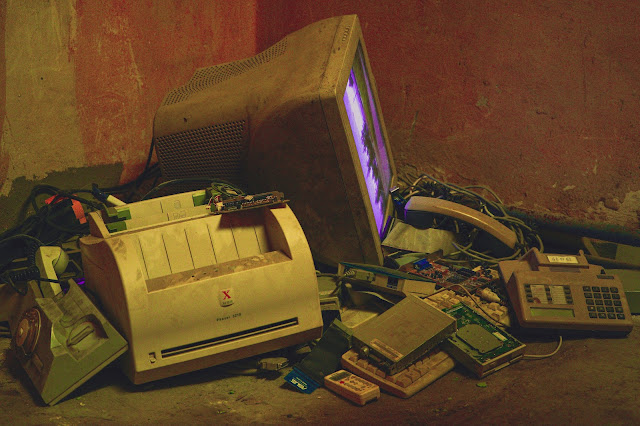Elevate Your Packaging Game: A Comprehensive Look at Post-Printing Machines Introduction: In the ever-evolving landscape of packaging, staying ahead of the competition requires innovation and efficiency. Post-printing machines have emerged as game-changers in the packaging industry, offering manufacturers unparalleled flexibility and quality in producing corrugated boxes. This comprehensive guide aims to delve into the world of post-printing machines, exploring their functionalities, benefits, and the transformative impact they have on elevating packaging standards. Understanding Post-Printing Machines: Post-printing machines are integral to the manufacturing process of corrugated boxes, enabling the application of graphics, text, and branding onto pre-formed boxes. Unlike pre-printing methods, which occur before corrugation, post-printing takes place after corrugation, allowing for greater customization and efficiency. Types of Post-Printing Machines: Flexographic Printing Presses: Th...
10 Steps in silk screen printing
Here are 10 steps involved in the silk screen printing process:
- Design preparation: The first step is to create or obtain the design that will be printed onto the substrate. This can be done using graphic design software, hand drawing, or other methods.
- Screen preparation: The screen is prepared by stretching a mesh fabric over a frame and coating it with a light-sensitive emulsion. The emulsion is then dried in a dark room.
- Image exposure: The design is printed onto a transparency and placed on top of the emulsion-coated screen. The screen is then exposed to a bright light source, which hardens the emulsion in the areas not covered by the design.
- Washout: The screen is then washed with water, which removes the unexposed emulsion, leaving the stencil for the design on the screen.
- Ink preparation: The ink is mixed with the desired color and consistency, typically using a spatula or other mixing tool.
- Set-up: The substrate (such as a t-shirt or paper) is secured onto the printing bed, and the screen is positioned on top of the substrate, with the stencil facing down.
- Ink application: The ink is poured onto the screen, and a squeegee is used to spread the ink evenly over the stencil and onto the substrate.
- Repeat printing: The process is repeated for each color in the design, with a separate screen and stencil created for each color.
- Drying: After the final layer of ink is applied, the substrate is left to dry in a warm, dry location.
- Finishing: Once the ink is fully dried, any excess ink or residue is removed from the substrate, and any necessary finishing touches (such as heat setting or ironing) are applied to ensure the design is fully set and long-lasting.
Silk screen printing is a versatile and durable method of printing that can be used for a wide range of applications, from textile printing to signage and fine art.

Comments
Post a Comment